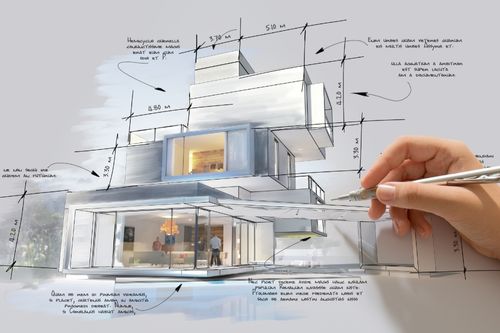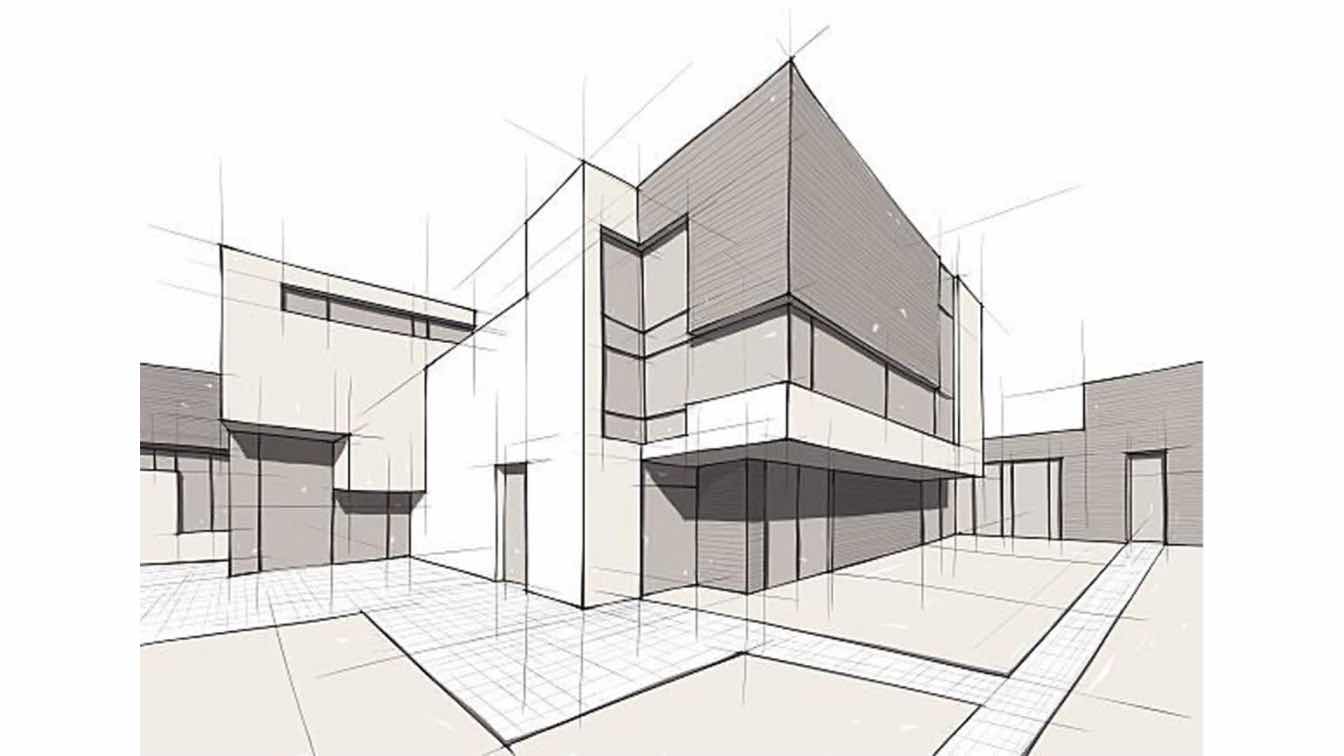Why CDA Architects Are Leaders in Architectural Design and Innovation
Why CDA Architects Are Leaders in Architectural Design and Innovation
Blog Article
The Effect of Technological Advancements on the Layout Practices of Contemporary Architects
The rapid development of technological tools has considerably improved the style landscape for modern engineers, promoting unprecedented degrees of innovation and sustainability. Discovering these dynamics reveals a nuanced interaction between innovation and conventional design techniques, triggering a closer examination of what the future holds for architectural methods.
Advancement of Architectural Tools
Just how have architectural devices transformed the layout and building and construction processes over the centuries? The advancement of architectural devices has significantly influenced the performance, precision, and imagination of style and building and construction.
With the arrival of the Renaissance, the intro of the compass and the protractor noted a pivotal change. These devices allowed engineers to achieve greater accuracy in their designs, helping with the introduction of more elaborate and proportional buildings. The Industrial Revolution even more revolutionized architectural experiment the introduction of mechanized tools and materials, enabling larger and more ambitious jobs.
In the 20th century, the advancement of computer-aided design (CAD) software program changed the landscape as soon as again, providing engineers with unmatched capacities in modeling and visualization. Today, progressed devices such as Building Info Modeling (BIM) and parametric style software program proceed to press the boundaries of building innovation, enabling a more incorporated approach to layout and building and construction procedures.
Boosted Cooperation in Style
As innovation remains to advance, improved cooperation in design has come to be a cornerstone of modern building method. The integration of electronic devices such as Structure Information Modeling (BIM), cloud-based systems, and progressed visualization software application has actually transformed the means architects, designers, and stakeholders engage throughout the layout procedure. These devices facilitate real-time communication, allowing teams to share ideas, alterations, and comments immediately, regardless of geographical place.

Furthermore, interdisciplinary partnership has actually been streamlined with these technical developments, allowing designers to work extra very closely with various other specialists, such as city coordinators and environmental experts. The result is a more natural approach to design that considers different perspectives and knowledge. Eventually, boosted collaboration in design is not merely a pattern; it is important for creating cutting-edge, useful, and visually pleasing architecture in a significantly intricate globe.
Sustainability Through Modern Technology
Sustainability in architecture has progressively become linked with technological technology, driving the market toward eco responsible techniques - cda architects. Contemporary architects are leveraging sophisticated modern technologies to minimize environmental effect while boosting the performance of structures. One famous example is making use of Building Info Modeling (BIM), which enables specific preparation and source appropriation, reducing waste during building and construction and promoting power efficiency throughout a building's lifecycle
In addition, clever materials and energy-efficient systems are being integrated into layouts to enhance resource usage. Technologies such as photovoltaic cells and environment-friendly roof harness sustainable power sources, contributing to minimized carbon footprints. Additionally, the application of man-made intelligence in design procedures makes it possible for designers to simulate and evaluate power consumption, leading decisions toward even more lasting outcomes.
The integration of sustainable innovations not only straightens with worldwide ecological objectives yet additionally meets a raising need from customers for environmentally friendly services. As engineers accept these technologies, the focus moves in the direction of creating areas that are not just aesthetically pleasing but additionally functionally lasting, consequently redefining the criteria of modern design. By doing this, innovation works as a catalyst for sustainability, allowing architects to develop look at this web-site buildings that respect and improve the natural atmosphere.
Difficulties in Implementation
While technical improvements in style hold fantastic promise for improving sustainability, their application typically runs into significant obstacles - cda architects. One key obstacle is the high understanding curve connected with new technologies. Designers and building and construction professionals may require substantial training to efficiently Read More Here make use of innovative software application and tools, which can delay job timelines and enhance costs
In addition, the assimilation of arising modern technologies, such as Building Details Modeling (BIM) and lasting materials, typically necessitates collaboration across multidisciplinary teams. This cooperation can be impeded by differences in knowledge, operations, and communication styles, leading to prospective problems and inefficiencies.
Financial restrictions even more complicate the fostering of innovative innovations. Lots of architectural companies, specifically smaller ones, may lack the sources to buy sophisticated tools, limiting their capacity to take on bigger companies that can manage such investments.
Additionally, regulative frameworks and building regulations might not equal technological innovations, producing uncertainty and possible compliance problems. This challenge can discourage engineers from totally welcoming new modern technologies, as the danger of non-compliance may exceed the benefits. Therefore, resolving these implementation obstacles is important for the effective combination of technological advancements in contemporary building practices.
Future Patterns in Design
The difficulties connected with the execution of new modern technologies in style have actually prompted a reevaluation of future fads within the market. As designers navigate issues such as sustainability, urbanization, and social equity, they are increasingly taking on innovative modern technologies to improve layout effectiveness and ecological performance.
One noticeable fad is the integration of expert system (AI) in the style process. AI tools can examine huge datasets to educate layout choices, enhancing both imagination and capability. Building Info Modeling (BIM) proceeds to progress, enabling real-time partnership among stakeholders and helping with streamlined task monitoring.
Sustainable style practices are likewise obtaining momentum, with engineers concentrating on flexible reuse and regenerative layout concepts that lessen resource usage and waste. The consolidation of wise materials and renewable power sources will certainly further enhance the durability of structures in the face of climate change.

Verdict
Technical advancements have significantly improved building layout techniques, facilitating boosted This Site precision, cooperation, and sustainability. The integration of tools such as Building Details Modeling and parametric style software application, alongside fabricated knowledge and smart products, encourages engineers to address intricate obstacles much more properly.
Report this page